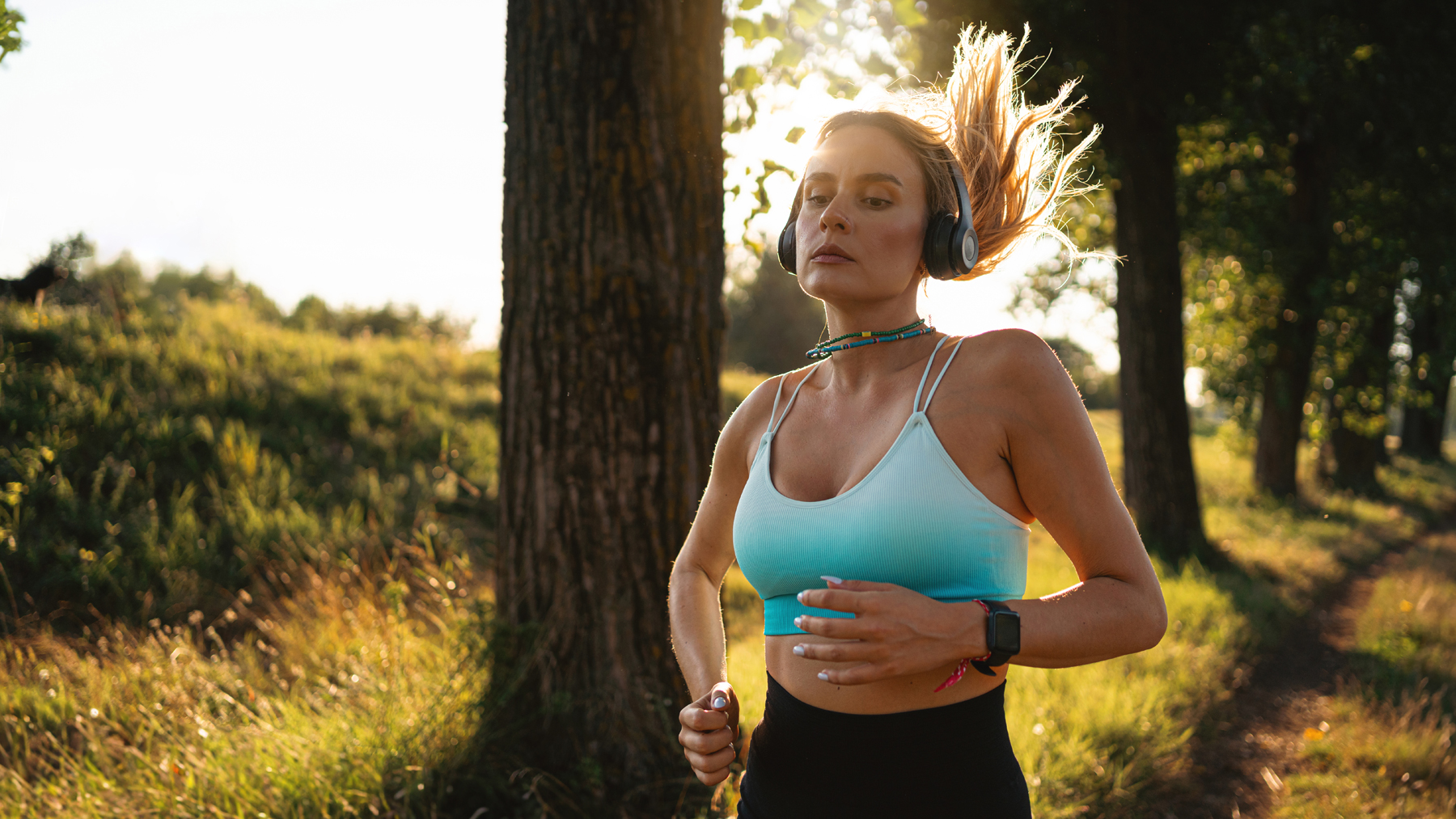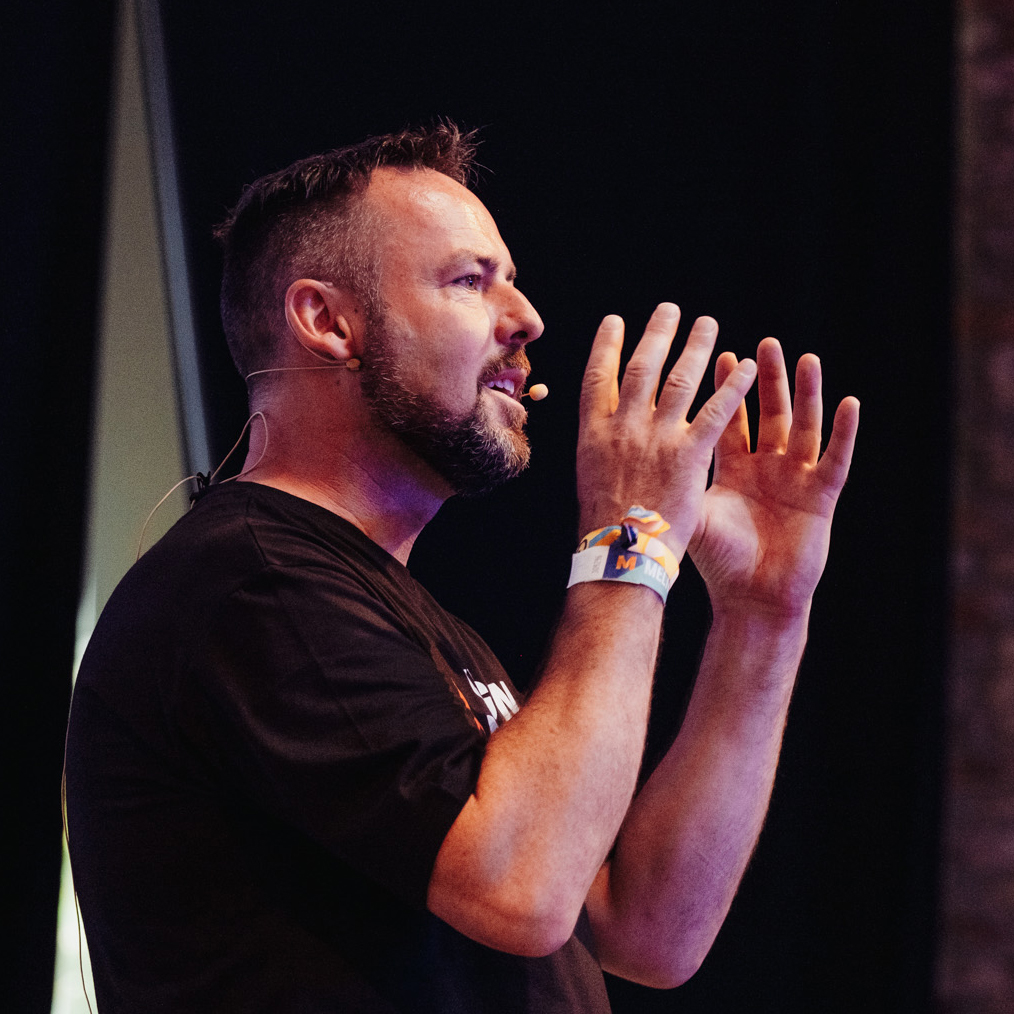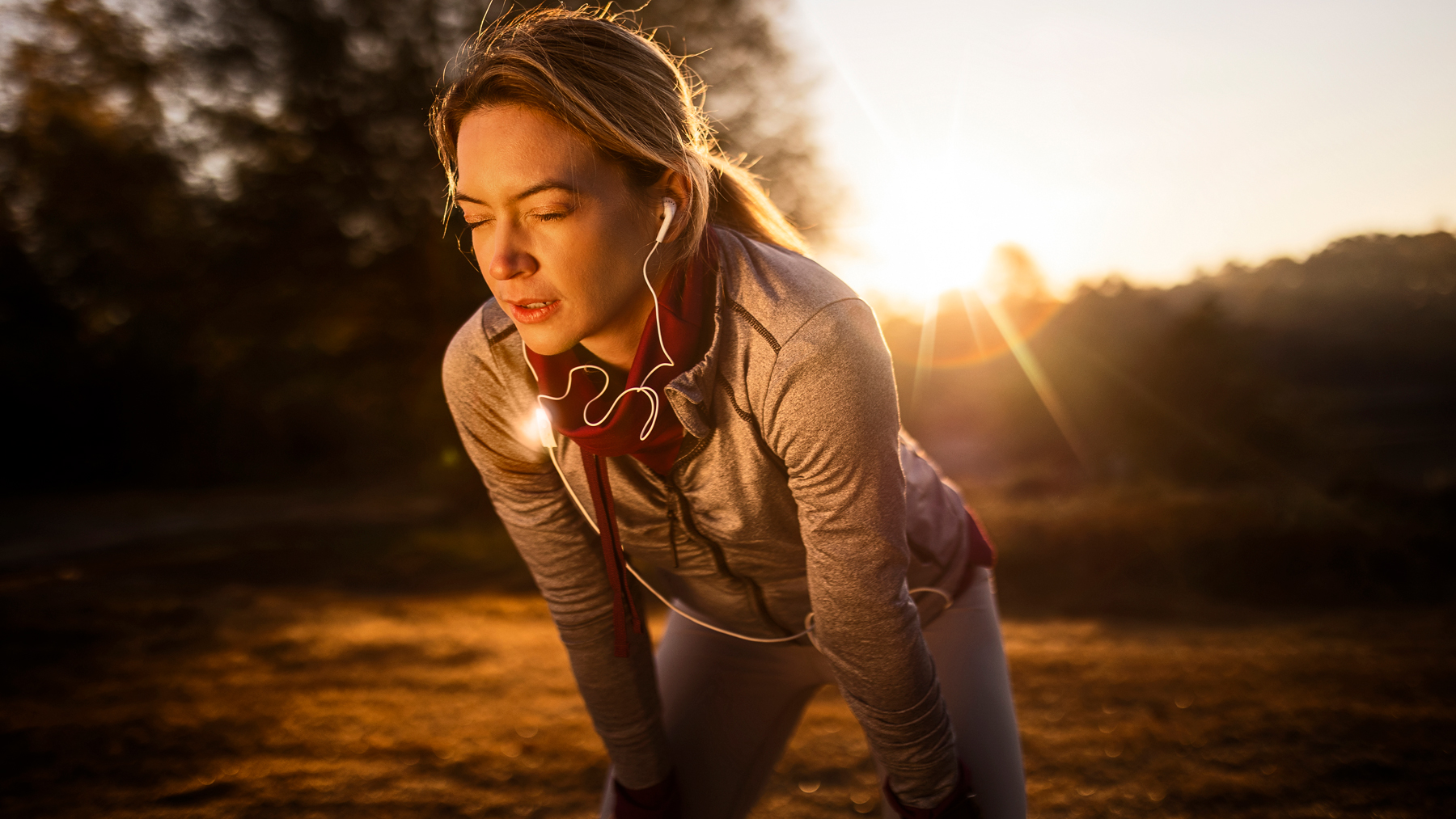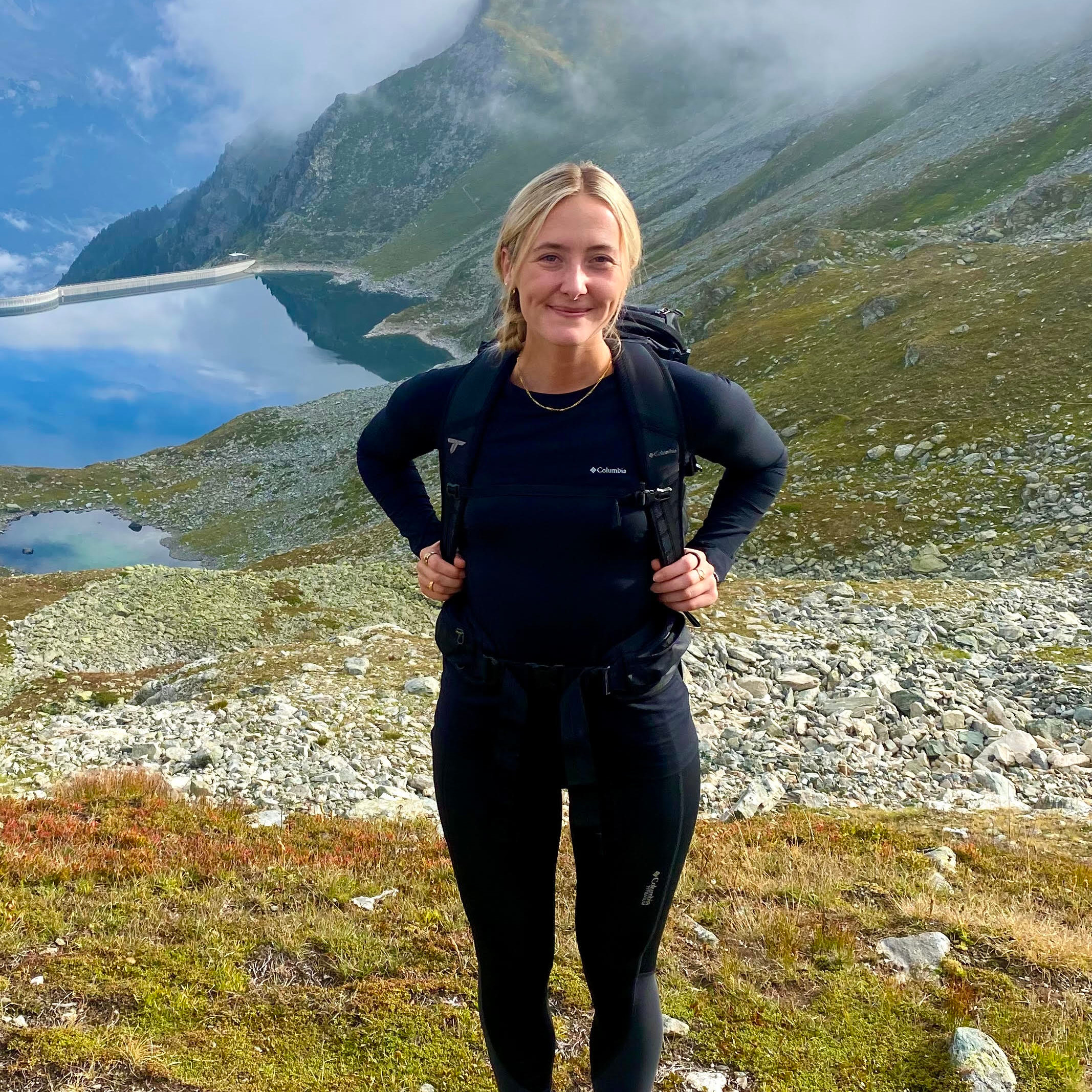I switched to nasal breathing only while running a 5K — here’s what happened
How I got on as a serial mouth breather

I am a serial mouth breather who didn't realize this was a problem until I started hearing otherwise. I've heard friends passionately discuss a book called Breath: The New Science of a Lost Art and I've listened to the popular health podcaster and neuroscientist Andrew Huberman share the many benefits of nasal breathing and the hazards of mouth breathing. But to be honest I just absorbed and then carried on with my little mouth breathing existence.
However, I've been taking my running training more seriously in recent years, which sadly requires more from me than just buying a new pair of the best running shoes. I also feel more precious over my life with every year of my 20s that passes, so I'll try anything to preserve my physical health and fitness levels. Alas, it was time to check out the nasal breathing hype and find out why it's so great along with what impact it could have on my running performance.
But before I altered the way I breathe, I spoke to Patrick McKeown, International Breath Training Coach and the creator, CEO and director of education and training at Oxygen Advantage. He walked me through the very basics of nasal breathing and how it could boost my running efficiency.

Patrick McKeown is an international breathing expert and author based in Galway, Ireland. Since 2002, he has worked with thousands of clients, including elite military special forces (SWAT) Olympic coaches and athletes. The Oxygen Advantage book is Patrick’s pivotal work- translated into 16 languages. Atomic Focus (2021), The Breathing Cure (2021) and Breathing for Yoga (2023) are Patrick’s latest books.
How can nasal breathing improve running?
First of all, nasal breathing can be practiced all the time, in fact, it's recommended you try it out when you are resting and sleeping to reap all the health benefits and to get your body more used to it before trying it out during physical exercise when breathlessness is more likely to occur.
According to Mckeown, every time you switch from mouth to nose breathing, there is an increased sensation of air hunger and this signifies that the gas carbon dioxide has increased in the blood. Why does this matter? Carbon dioxide is the primary stimulus to breathe and it's your tolerance of it that will determine your degree of breathlessness during physical exercise.
"When you switch to breathing in and out through your nose during physical exercise, especially during training, you're exposing your body to higher carbon dioxide, and in time, your body adapts to a higher tolerance of carbon dioxide," explains McKeown, "As your tolerance of carbon dioxide improves, your ability to do physical exercise with less ventilation increases."

It's also worth noting that breathing through the nose imposes a resistance to your breathing, which is a training load. So by breathing through the nose during training, you are adding a load onto the body number one from increasing carbon dioxide in your blood and number two, you're also adding an extra load to the diaphragm, helping to strengthen it.
As McKeown notes, "With a stronger diaphragm and better functioning diaphragm, you have less breathlessness during physical exercise. So ultimately this is about training the body to do more with less." Sounds easy when you put it like that. But could I last a 5K just breathing through my nose? Read on to find out.
Sign up to get the BEST of Tom's Guide direct to your inbox.
Get instant access to breaking news, the hottest reviews, great deals and helpful tips.
I switched to nasal breathing only while running a 5K — here’s what happened
Before getting stuck into my experience, I'd like to point out that breathing can be a very unique thing to individuals and some can suffer from breathing disorders. Therefore, nasal breathing might not be recommended for everyone.
If you are thinking of trying out breathing through your nose only, check with a doctor or a medical professional who can best advise if it is suitable for you to experiment with your breathing.
It was no walk in the park
I tried to normalize nasal breathing for myself, reminding myself to do so when I was working at my desk, cooking, walking to the shop, or trying to get to sleep. After a few breaths, it didn't feel natural and I struggled to keep it up. Try to do this on a run without breaking into mouth breathing, and I was FEELING IT.
I wish I could say I was feeling it in a good way, but honestly, I was struggling. I had to tell myself to suck it up and maintain the nasal breathing but I did have to indulge in the occasional mouth breathing to keep going.
I can only describe it as how it feels trying to hold your breath and swim underwater from one end of the pool to another — please tell me I am not the only one who gets a thrill out of doing this in a pool.

While I felt uninspired to run like this all the time, I also knew that not enjoying one 5K because I was breathing in a way that felt unnatural to me would be pretty lazy of me. Especially seeing as there is research to suggest that nasal breathing can improve running.
For example, one study involved 10 runners who were asked to run on a treadmill in two sessions: one utilizing nose breathing and the other mouth breathing. Throughout each session, researchers assessed respiratory indicators such as oxygen consumption, respiratory rate and carbon dioxide production.
The findings revealed that the runners extracted an equivalent amount of oxygen whether breathing through the nose or mouth. However, their respiratory rate, or the number of breaths per minute, was lower when nose breathing. This indicates that nose breathing required less effort to obtain the same oxygen intake, which could potentially improve running performance.
It made my 5K time slower
I ran one 5K in my usual mouth breathing state and then two days later I ran a 5K only breathing through my nose. I wore the same kit to minimize any external factors hindering the results and set out to maintain the same pace on both runs. Using my trusty Garmin Fenix 7 to record both 5K runs, I found that my time was one minute and 13 seconds slower on my nasal breathing run.
Although I wasn't chuffed with this slower 5K time, I still had faith in what could happen if I kept up with nasal breathing practice. I had to remind myself of what McKeown told me, it's about training the body to do more with less and you will take one step back to go two steps forward.
You will take one step back to go two steps forwards
According to McKeown, "Physical exercise doesn’t train your breathing unless you breathe through your nose. Normally when somebody does physical exercise, their mouth is open, and their ventilation will increase proportionately to what they normally breathe. It's really just about using nose breathing to add an extra load. Once your body has adapted, nose breathing is a very natural way to breathe during physical exercise."
I'll have to report back further down the line once my body has adapted.
I wish I brought a tissue!
I tried this 5K challenge in the thick of winter, the flu had been doing its rounds, and I had not long recovered from a bout of it. Now let me tell you, trying to only breathe with your nose while running on a chilly winter's day will not make you feel the most glamorous runner of all. I got 5 minutes into the 5K before desperately regretting not having a tissue on hand.
All that was ringing through my mind was the warning McKeown gave me, "Now your nose will run during physical exercise so you might have to bring a tissue, especially, if it's going to be cold." I highly recommend shoving a tissue up your sleeve or in your running vest if you're going to try testing out your nasal airways on a run. If you don't fancy a snotty run, you might prefer some of the other challenges we've covered below.
More from Tom's Guide

Jessica has been a fitness writer at Tom’s Guide since 2023, bringing three years of experience writing about health, fitness, and the great outdoors. Her passion for exercise began during her childhood, where she spent weekends hiking and competing in local athletics club events. After earning a master’s degree in journalism from Cardiff University, Jessica found the perfect way to combine her love of storytelling and fitness into a career.
Jessica is passionate about testing fitness gear and tech, using her reviews to help readers make informed buying decisions. She ran her first marathon in April 2024, finishing it in 3 hours and 48 minutes. Through her training, she’s developed a deep understanding of what it takes to grow as a runner, from effective workouts and recovery techniques to selecting the right gear for every challenge.
When she’s not at her desk, Jessica enjoys spending time in the kitchen crafting new recipes, braving cold water swims and hiking.
